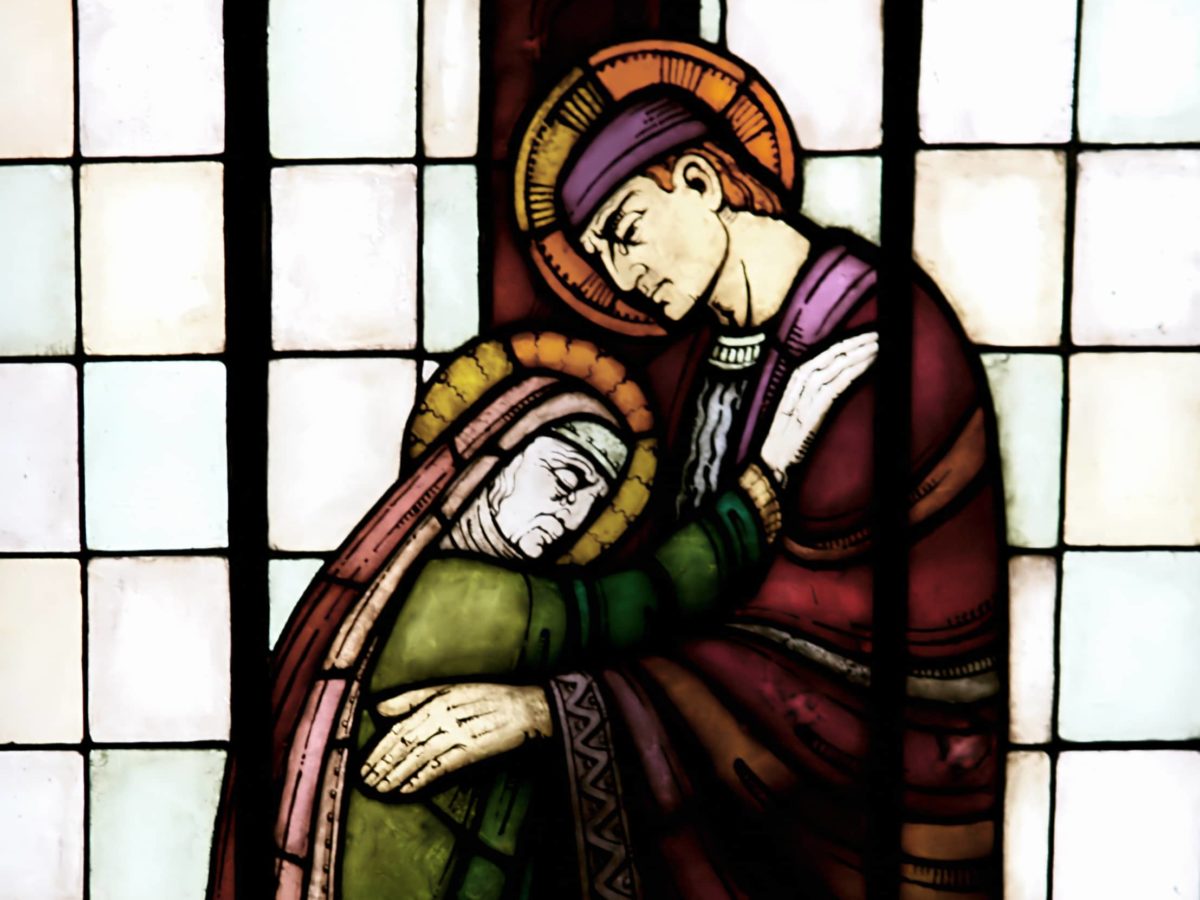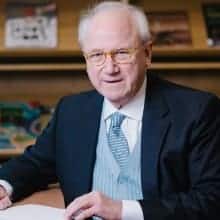
EdNC’s holiday series explores different school experiences.
My high school education spanned from fall 1960 to spring 1965 in Baton Rouge, Louisiana. During those years, police hosed civil rights protesters in Birmingham, hundreds of thousands assembled for the March on Washington, an assassin killed President Kennedy in Dallas, and in Louisiana’s skyscraper capitol, country-singer-turned-Governor Jimmie Davis and state legislators enacted one measure after another to forestall school desegregation.
As the son of devout Roman Catholics, I attended Catholic High School, established in 1894 by the Brothers of the Sacred Heart, a religious order of men founded in Lyon, France. During my four years in the school, Catholic High had 500 students in grades 9 through 12.
It was an all-boys school, all-white, until my senior year.
While it was impossible, of course, to remain oblivious to the civil rights issues swirling about, race relations did not emerge much in student-to-student or student-to-faculty conversation. High school life, for me and many of my classmates, revolved around team sports — football in late summer and fall, basketball in winter, and baseball in spring. After Friday night football, students and their dates would dance until midnight at a post-game party — no alcohol, with chaperons — to the music of local bands, composed, as I recall, of young blacks and whites making a little money and honing their skills. Sometimes, the dances took place in the Old State Capitol, where three decades earlier the state House voted to impeach Governor Huey Long.
I learned key lessons from two skillful educators who nudged me out of the comfortable daily rhythms of go-to-class, then go-to-practice. The first intervention came in my junior year when Brother Adrian Gaudin, an English teacher extraordinaire, stopped me in the hallway and abruptly announced, “You’re not playing baseball this year.” Instead, he told me, I would serve as stage manager for a student production of Mr. Roberts, the first stage-play in the school’s new gym-auditorium. “Go home and think about it,” he said.
The next day, still uncertain about what I should say, Brother Adrian approached me again, reached into his coat pocket, and pulled out two tickets to the traveling Broadway production of West Side Story scheduled that weekend at Louisiana State University. Kat — then my girlfriend, now my wife — and I were so awestruck by West Side Story that we bought tickets to see it again the following day. Brother Adrian had me hooked, and I never went back to playing baseball.
In my senior year, Brother Adrian set another educational hook. For the year’s final issue of the student newspaper Bear Facts, let’s do it, he suggested, in the style of Time magazine. To do that, of course, we students had to read news magazines and try to emulate their professional journalism. Along with the small staff, I worked long hours after class and on weekends to execute journalism — and I learned later that Brother Adrian had given the principal a budget problem to print our Time-style Bear Facts.
The principal was Brother Donnan Berry, who led Catholic High as it admitted its first black students. In fall 1964, two black students joined my senior class — yes, token integration, but still Catholic High had stepped ahead of the public school system in desegregating.
Brother Donnan displayed deftness in dealing with the tensions that ensued — and he drew me into a key moment, offering yet another educational experience.
I was on the football team, as well as class president. The two black students were in the band. At the end of an away-game in South Louisiana, I recall the team being hustled out of the locker room and escorted in a rush out of town because of what we were told were disturbances in the bleachers.
Brother Donnan called me into his office before the scheduled game in Bogalusa, a paper-mill town with Ku Klux Klan activities in the 1960s. He told me of threats the school had received about Catholic High showing up in Bogalusa with black students — and he asked for my thinking, consulting with a student in a way I had never been consulted. We agreed that we should treat all students equally, not leave the African-American students behind. Their parents eventually decided not to have their teenagers travel to Bogalusa, and soon thereafter they withdrew from the school.
In fall 1965 — shortly after I graduated — Catholic High admitted five black students, all of whom went on to graduate four years later. In a fine essay marking the 50th anniversary of those first small steps into racial integration, Gene Tullier, the current president of Catholic High, took note of the “courageous students like those African American students 50 years ago and their parents who were equally courageous in placing their sons in an environment that at times was uncharitable and even malicious. All of us owe a debt of gratitude to these people and others who supported them for helping dispel the fallacious lie of racial inequality.”
Among those who supported the two black students as a friend and student-mentor in 1964 was my friend Thomas Balhoff, now a distinguished attorney in Baton Rouge. Through him earlier this year, I learned that one of the black students, Gregory Baranco, went on to a major business career in Atlanta as an automobile dealer and founder of a minority-owned bank.
Even as a student in a private, religious-denomination school, I learned early lessons about the potency of public institutions and government programs. Aside from spending Saturday evenings in Tiger Stadium, I became a frequent visitor to the LSU campus. There, I found myself drawn regularly to the wonders of a research-university library. Also, it was at LSU that I took speech therapy to control my stuttering. A state vocational rehabilitation program offered me college financing so long as I continued speech therapy. It was a deal too good to turn down.


